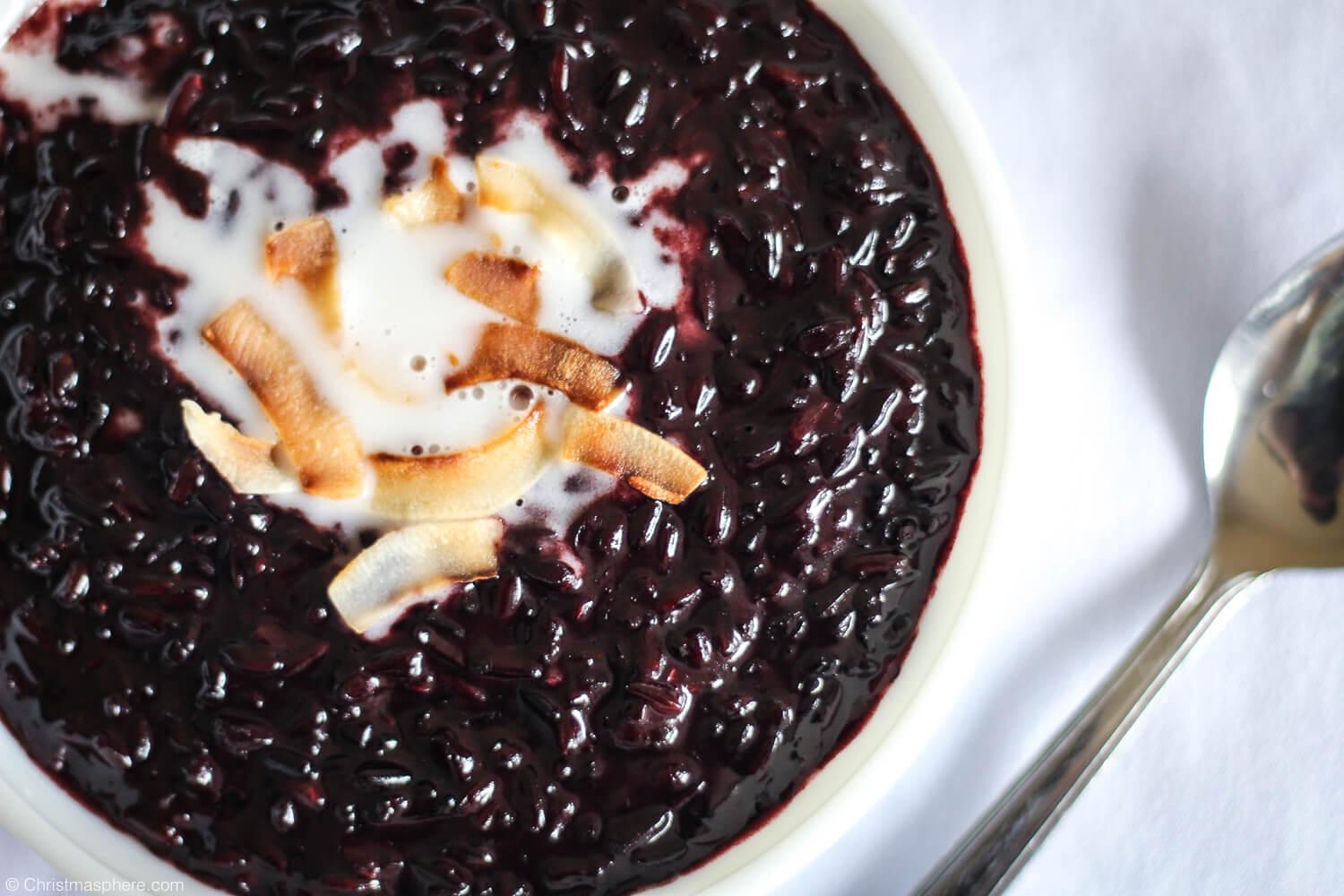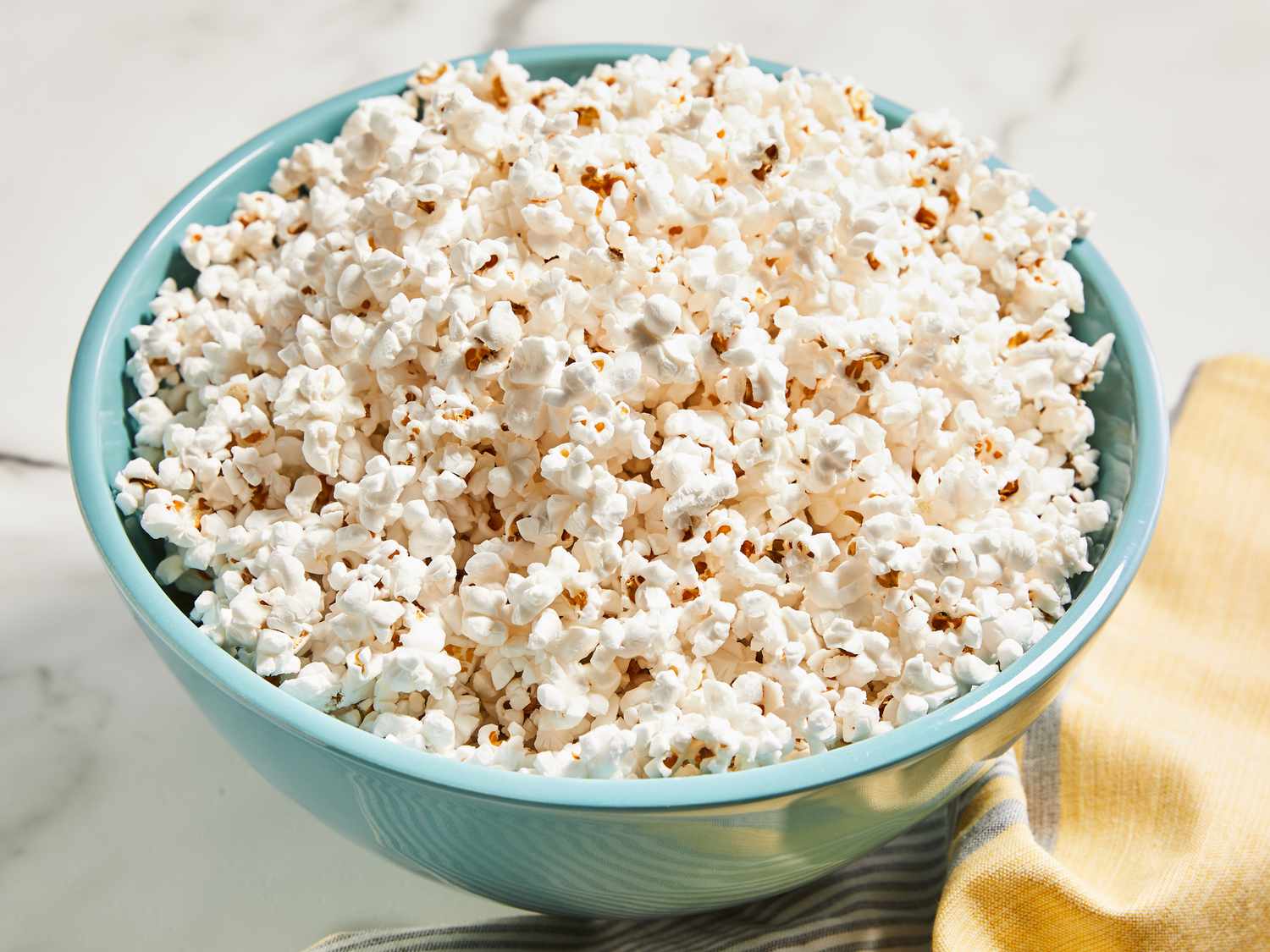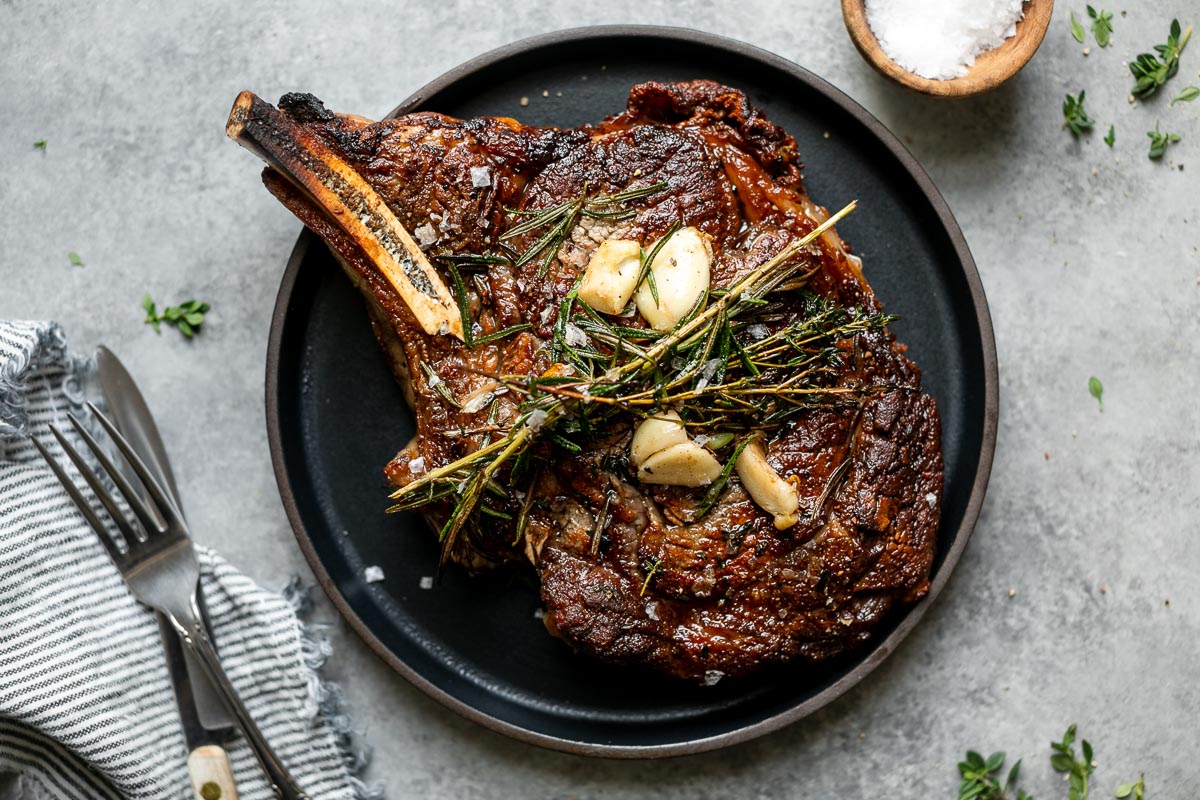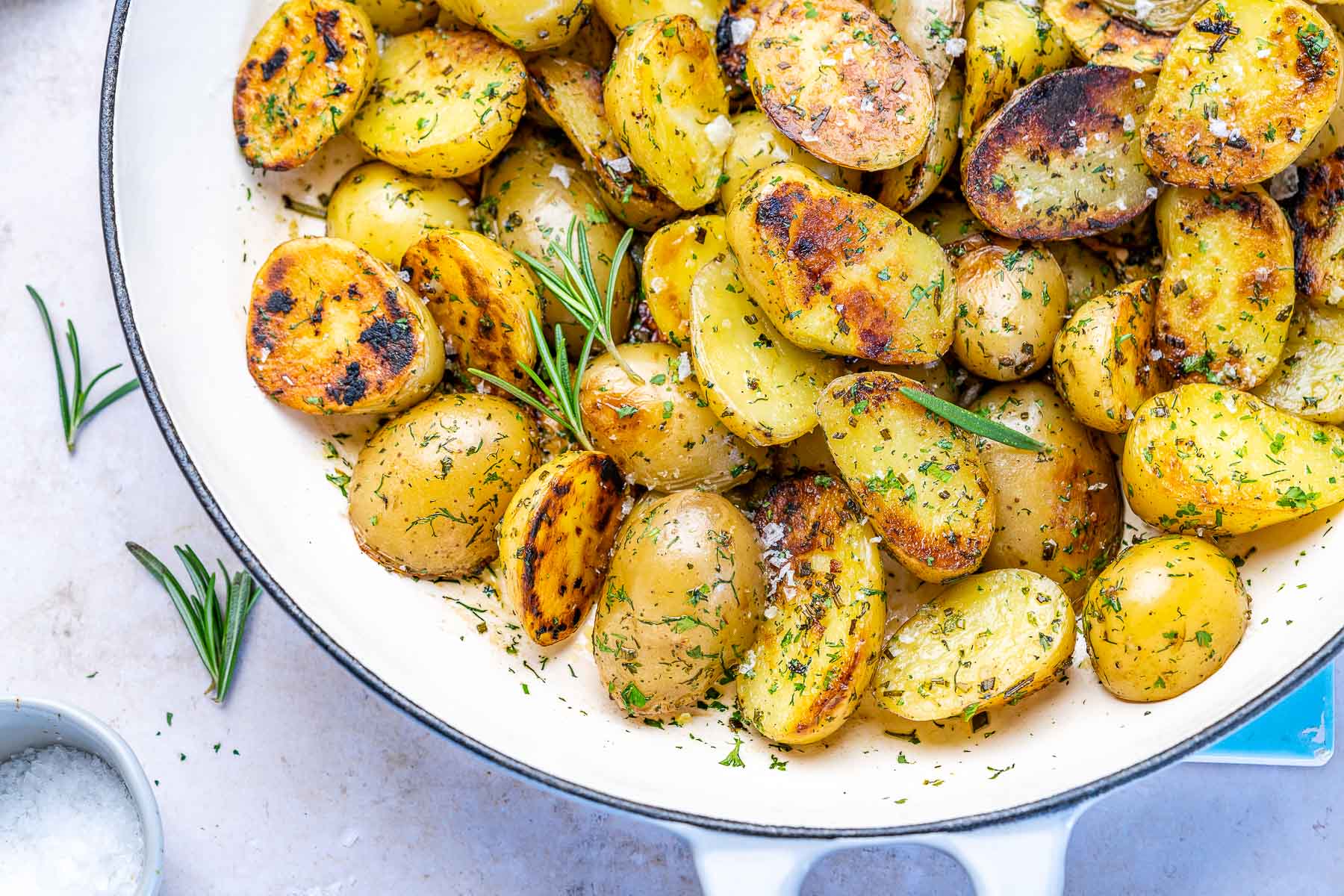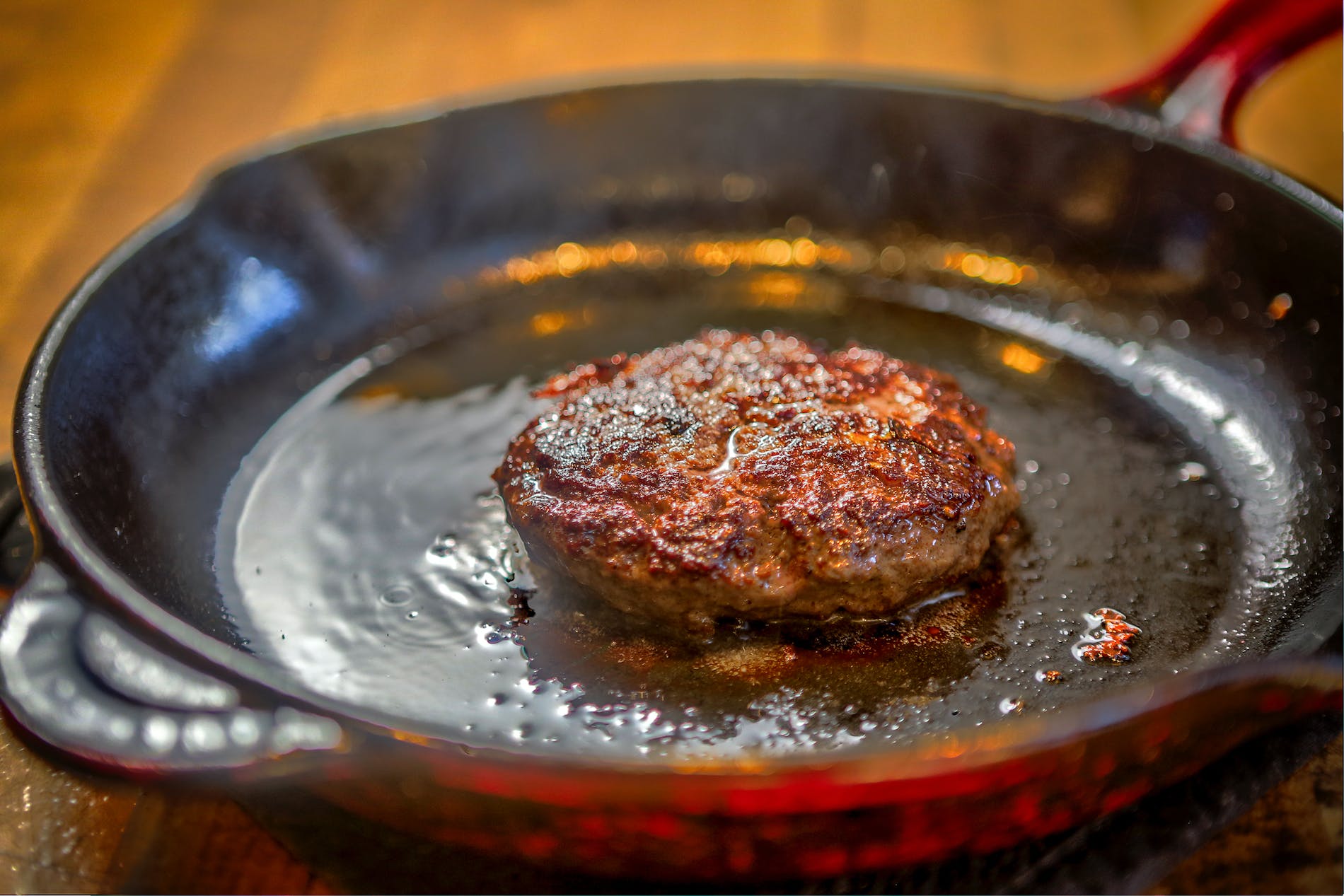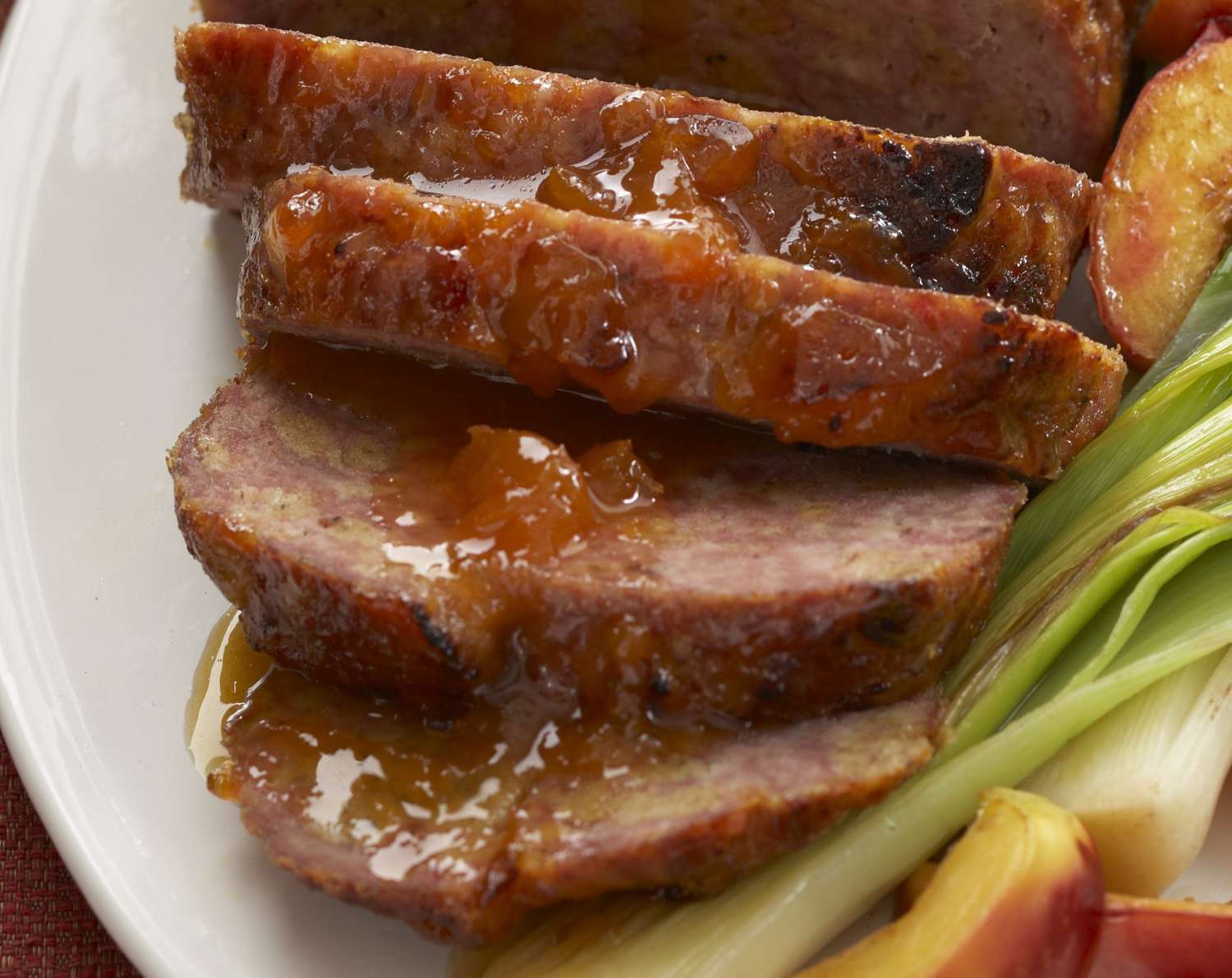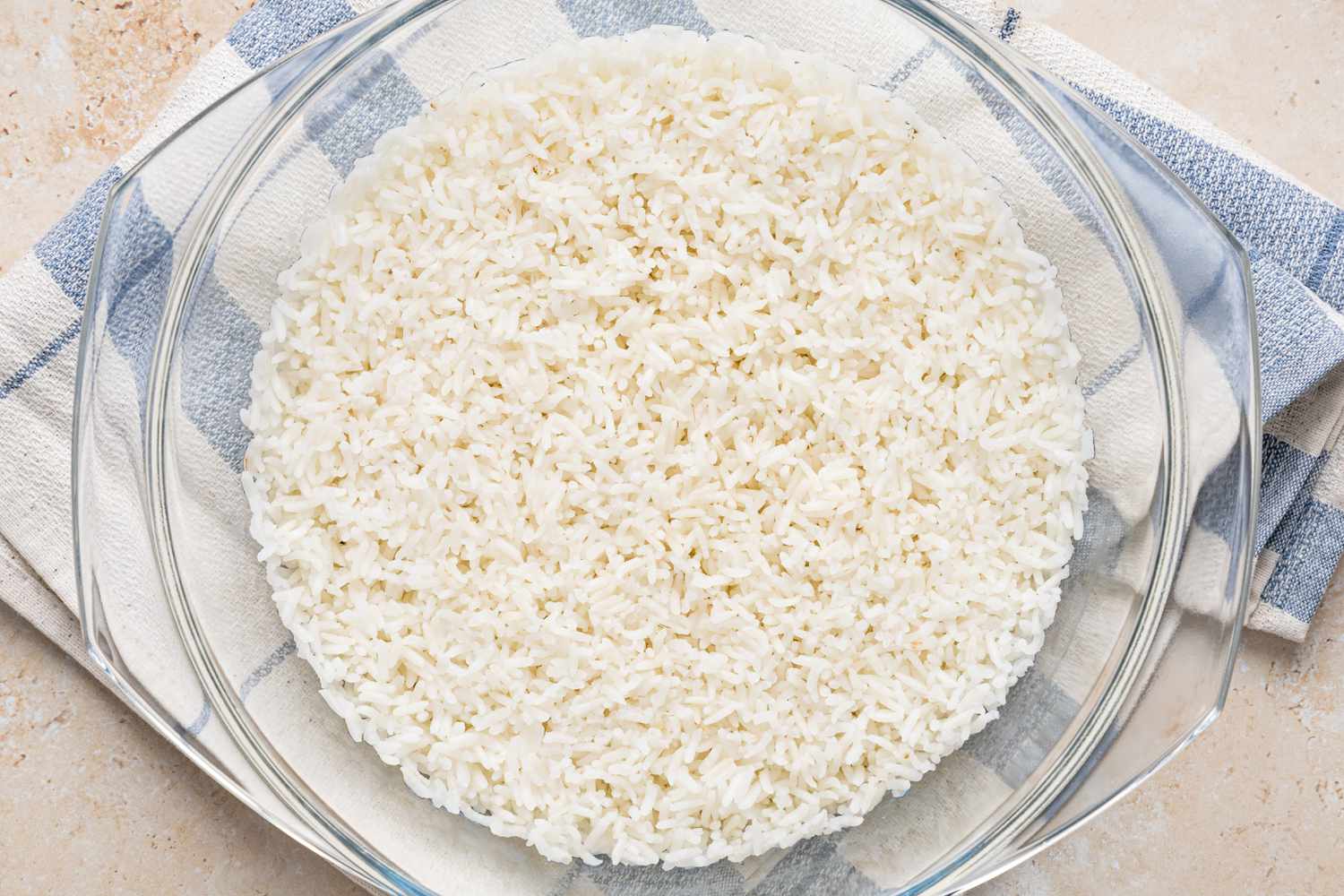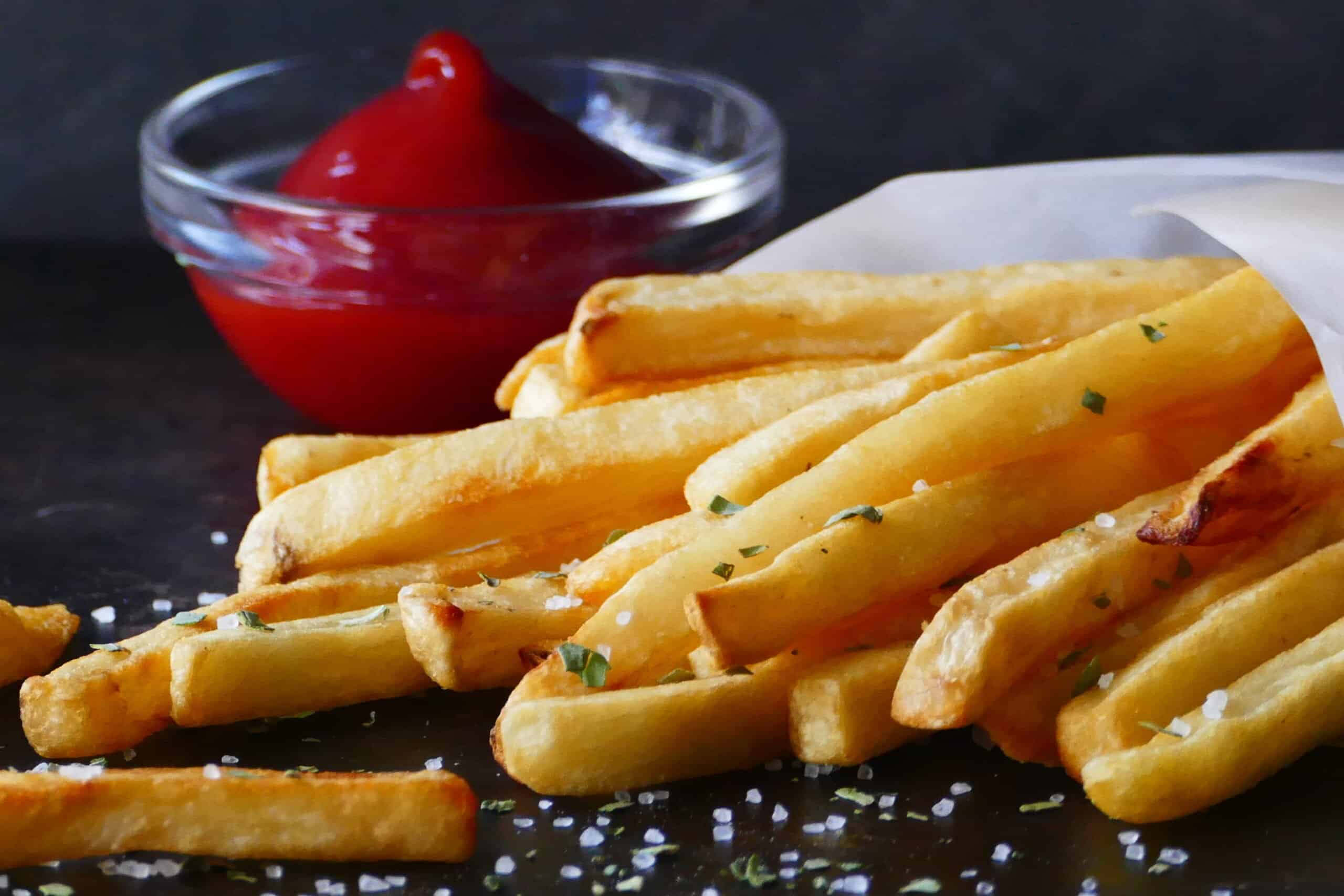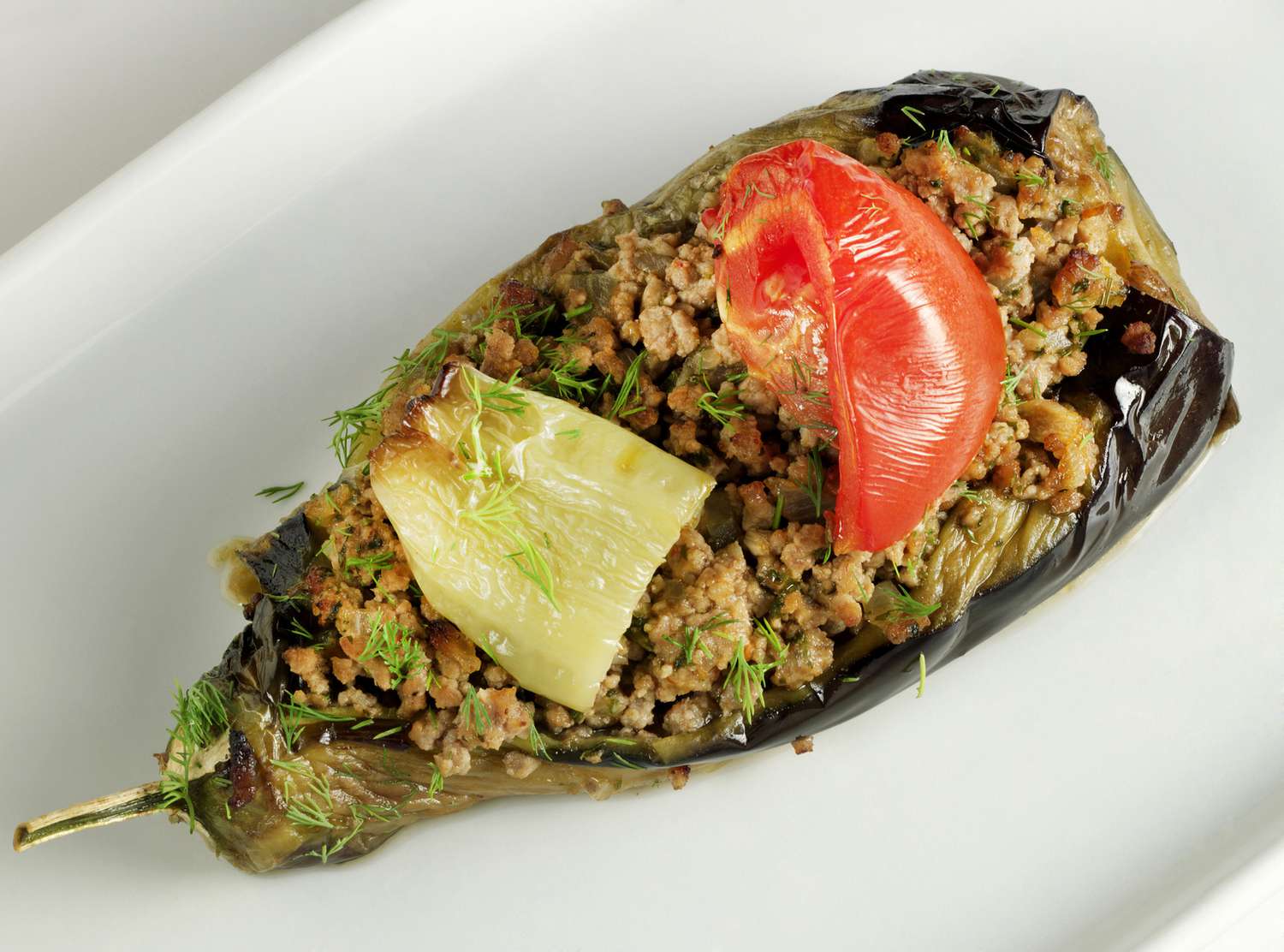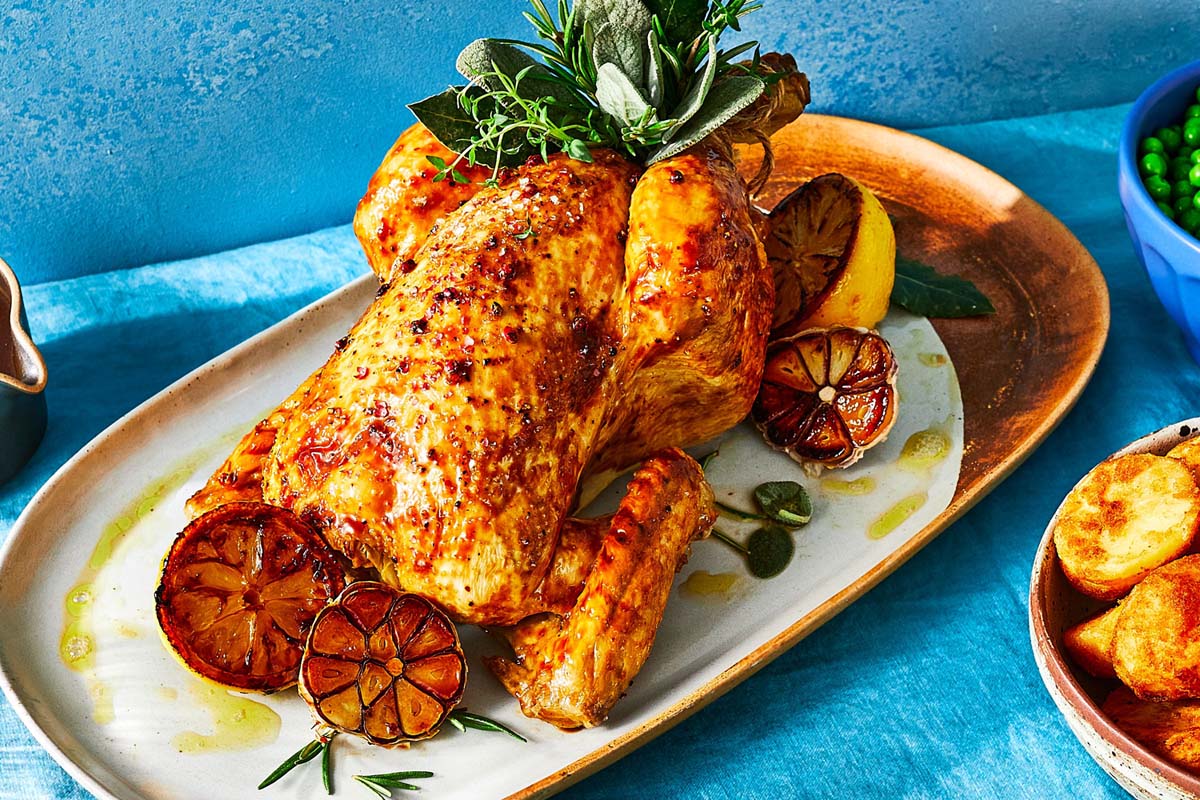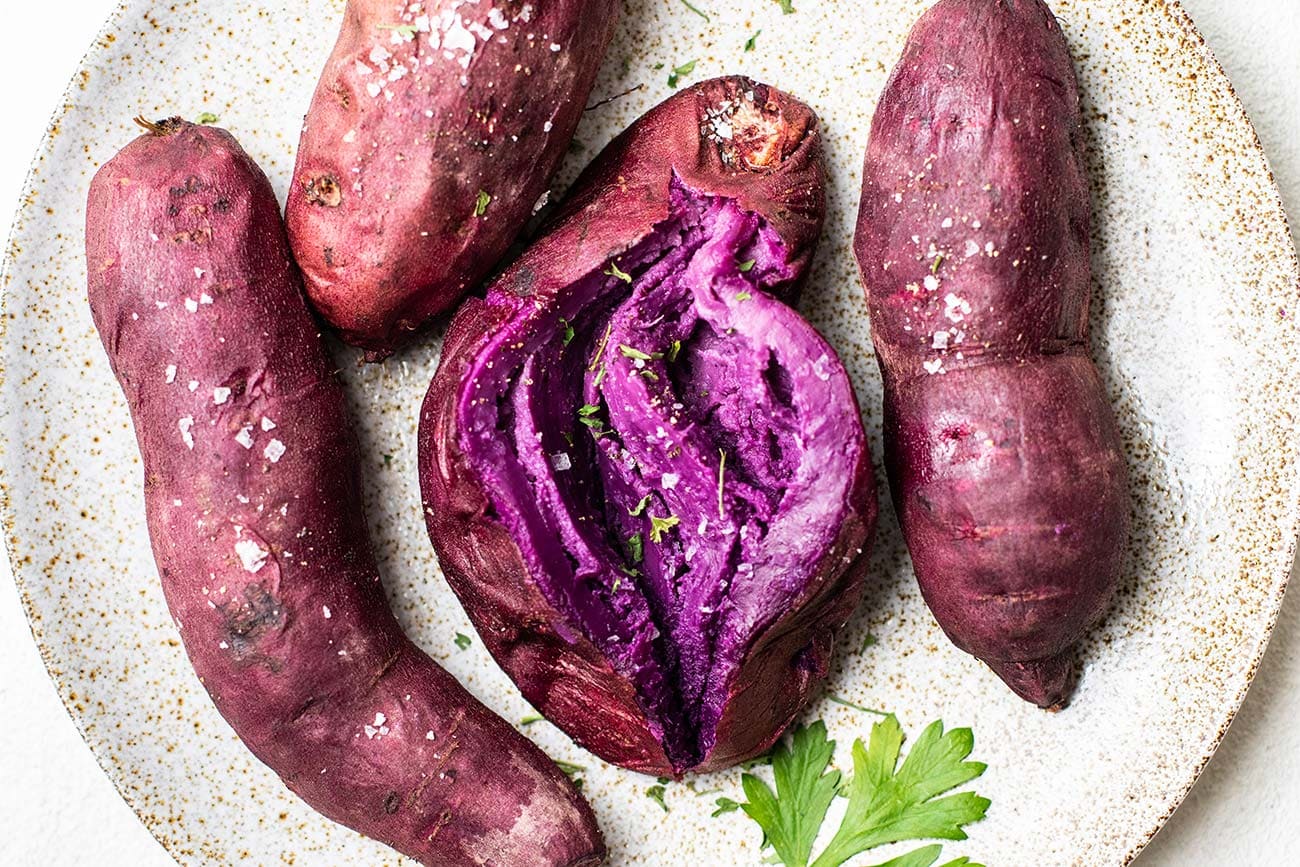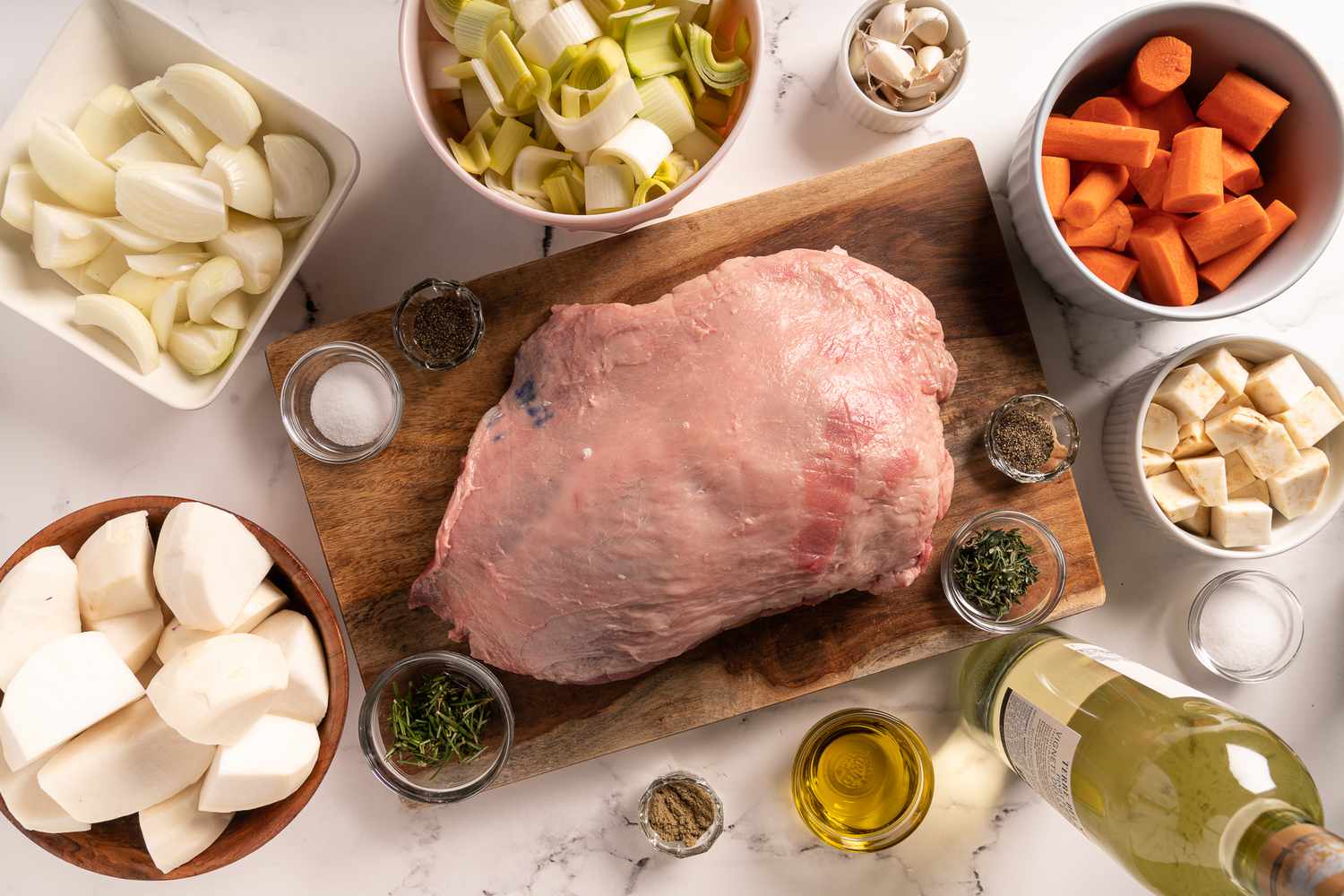Master the Art of Pan-Seared Duck Breast
When it comes to cooking a delectable duck breast, pan-searing is a popular technique that showcases the rich flavors and tender texture of the meat. Whether you’re a seasoned cook or a beginner in the kitchen, follow these step-by-step instructions to prepare a mouthwatering duck breast in a pan.
Ingredients:
- 1 duck breast
- Salt and pepper to taste
- Optional: Herbs and spices of your choice (e.g., thyme, rosemary, garlic)
Instructions:
- Start by patting the duck breast dry with paper towels. This will help the skin crisp up beautifully during the cooking process.
- Using a sharp knife, score the skin of the duck breast with diagonal cuts. This will allow the fat to render easily and ensure a crispy skin.
- Season both sides of the duck breast generously with salt and pepper. Feel free to add your favorite herbs and spices to enhance the flavor profile.
- Heat a skillet or frying pan over medium-high heat. Place the duck breast, skin-side down, into the hot pan. Let it cook undisturbed for about 5-6 minutes, or until the skin turns golden brown and crispy.
- Flip the duck breast and reduce the heat to medium. Continue cooking for another 5-6 minutes for medium-rare doneness, or adjust the cooking time to your desired level of doneness.
- Transfer the cooked duck breast onto a cutting board and let it rest for a few minutes. This allows the juices to redistribute and ensures a moist and tender result.
- Slice the duck breast against the grain into thin slices. This will help maintain its tenderness and make it easier to enjoy.
- Serve your pan-seared duck breast with your favorite side dishes or sauces. It pairs wonderfully with fruity flavors like orange or cherry compote, or a rich balsamic reduction.
Now that you know how to cook duck breast in a pan, you have the key to creating an impressive and delicious meal. The crispy skin, succulent meat, and flavorful seasonings will make your dining experience truly exceptional. Give it a try and become the master of pan-seared duck breasts!
Share your tips and techniques for pan-searing the perfect duck breast in the Cooking Techniques forum.
FAQ:
What is the best way to prepare duck breast before cooking in a pan?
Before cooking duck breast in a pan, it is crucial to score the skin. Using a sharp knife, make small shallow cuts in a crisscross pattern on the skin side. This helps render the fat and creates a crispy texture.
Can I cook duck breast without any additional fat or oil?
While duck breast has naturally high-fat content, it is recommended to add some additional fat or oil when cooking in a pan. This helps with the rendering process and ensures the meat stays moist and flavorful.
How long should I cook duck breast in a pan?
Cooking time depends on the thickness of the duck breast and personal preference for doneness. A general rule of thumb is to cook the skin side first on medium heat for about 6-8 minutes until it turns crispy and golden. Then flip it over and cook the other side for an additional 2-4 minutes for medium-rare or longer for well-done.
Should I rest the duck breast after cooking?
Yes, it is important to allow the cooked duck breast to rest for a few minutes before slicing. This allows the juices to redistribute and results in a more tender and juicy meat.
What can I serve with pan-seared duck breast?
Pan-seared duck breast pairs well with a variety of accompaniments. Some popular choices include roasted vegetables, mashed potatoes, citrus-based sauces, fruit compotes, or a side of green salad.
Can I use the rendered duck fat for other cooking purposes?
Absolutely! Rendered duck fat is a versatile and flavorful cooking fat. You can use it to sauté vegetables, roast potatoes, or even make delicious confit dishes.
How can I ensure that the duck breast is cooked to a safe temperature?
To ensure the duck breast is cooked to a safe internal temperature, use a meat thermometer. For medium-rare, the internal temperature should reach around 135-140°F (57-60°C), while medium-well requires an internal temperature of 155-160°F (68-71°C). It’s essential to check the thickest part of the breast without touching the bone.
Was this page helpful?
Read Next: How To Cook A Turkey In The Oven Overnight
